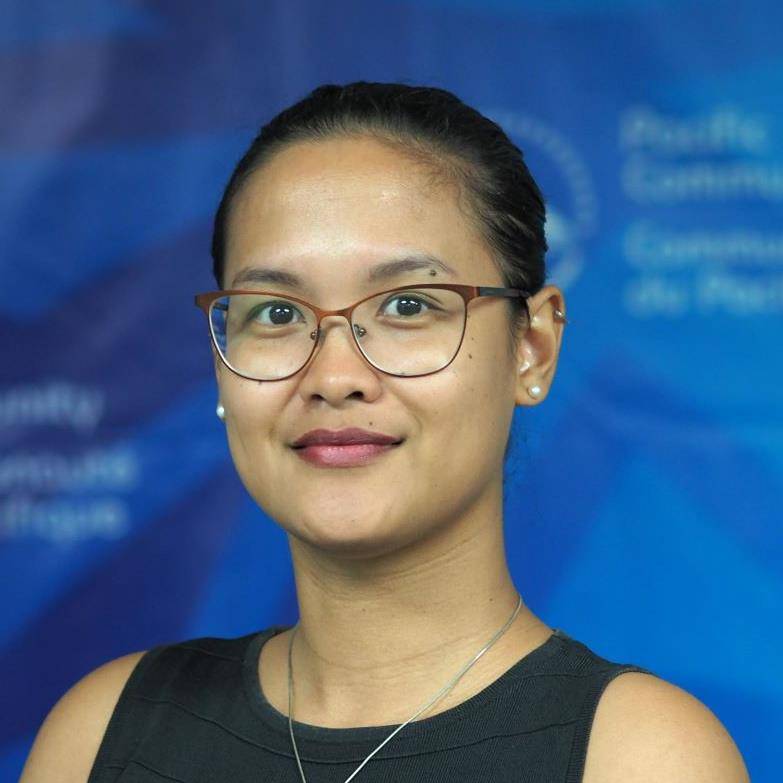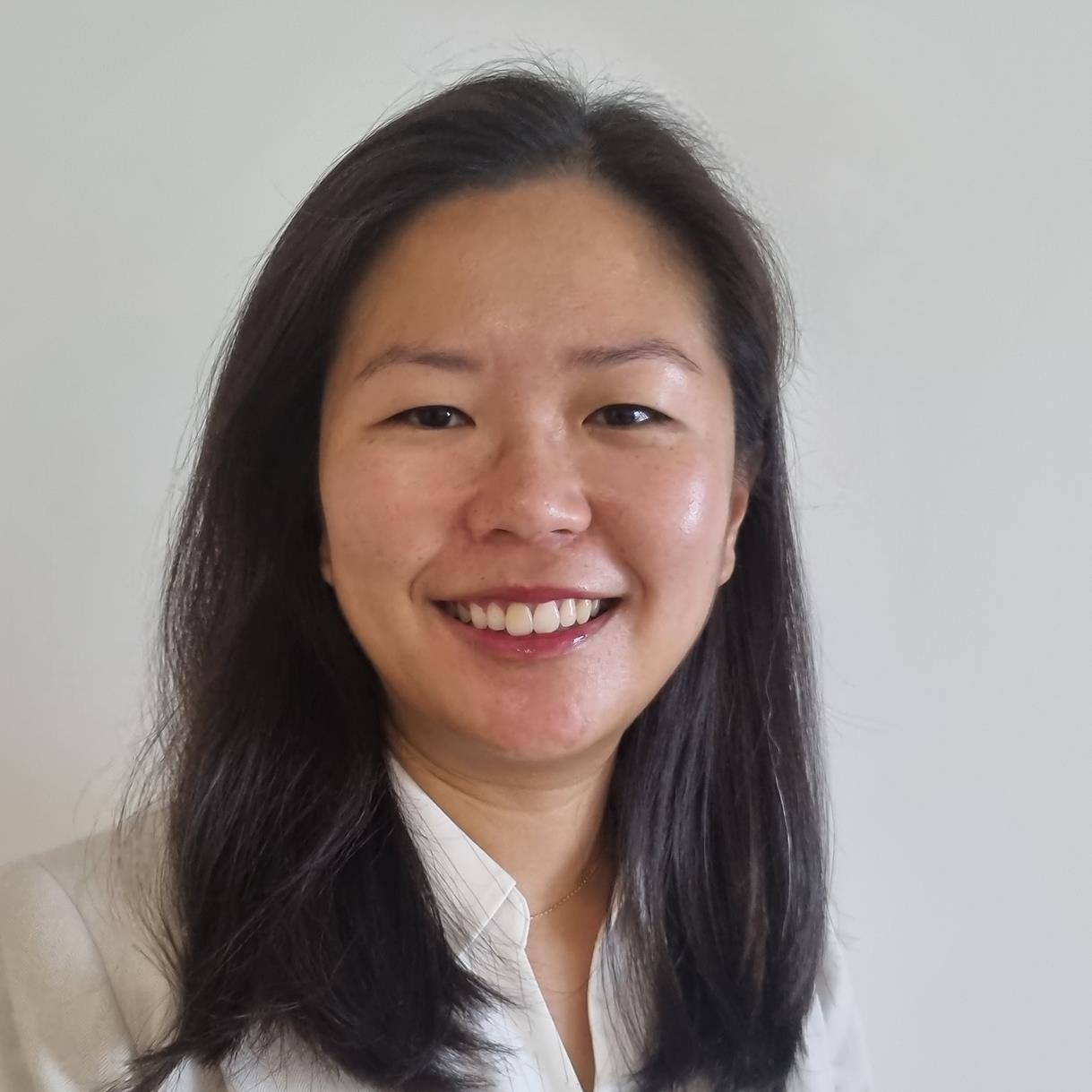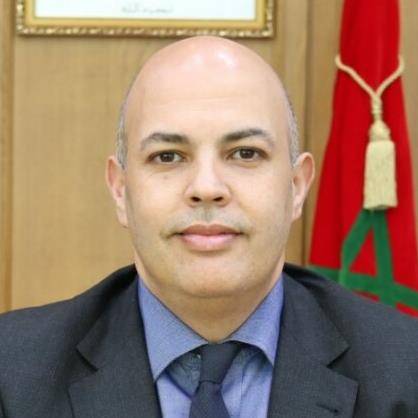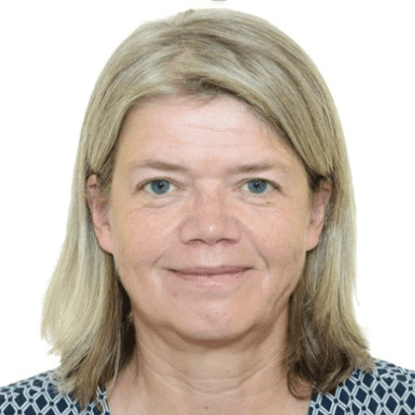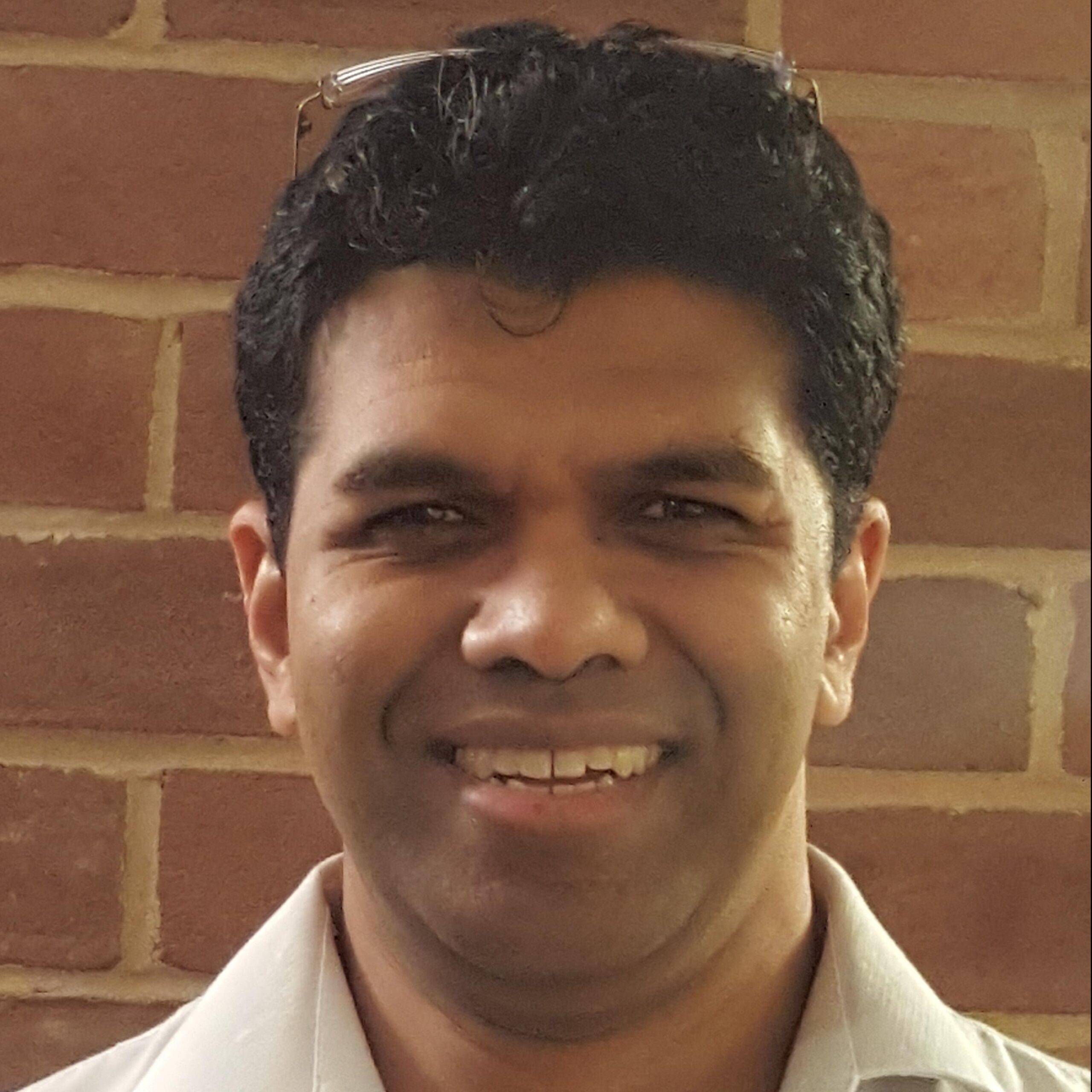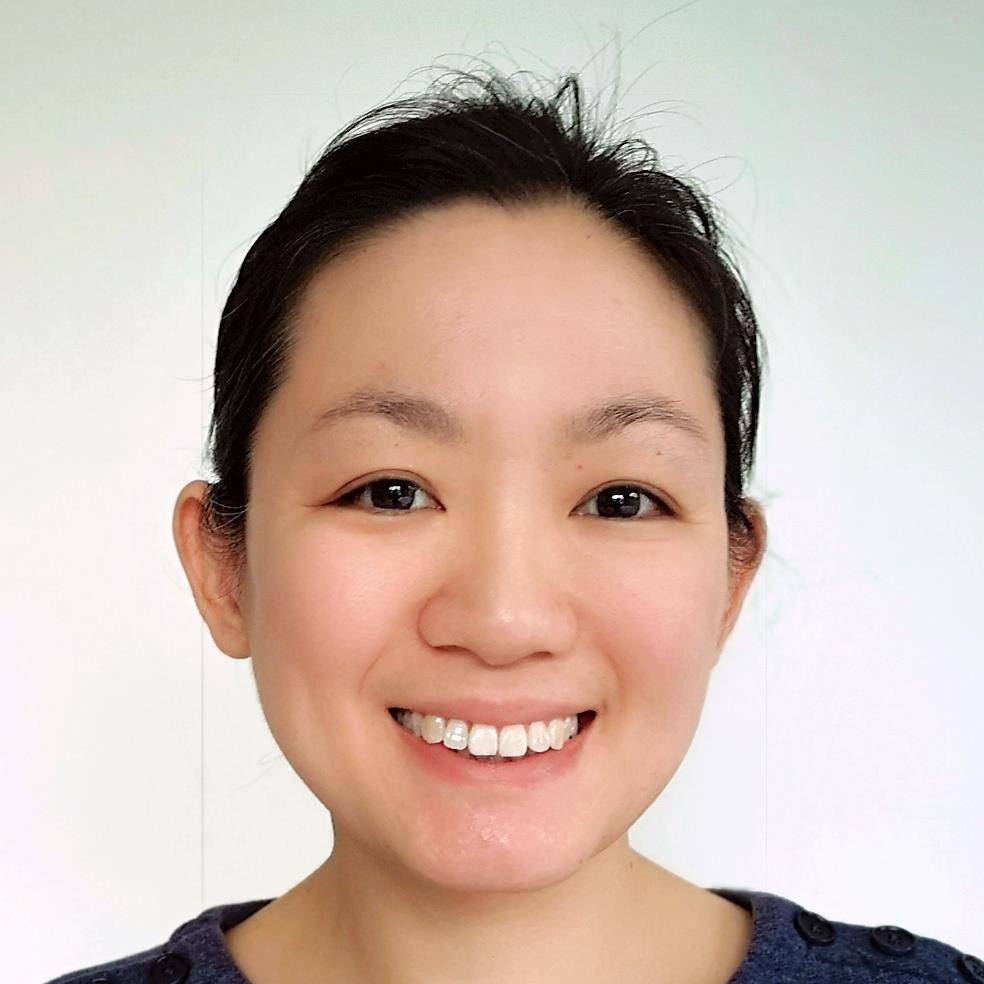Better Coordination and Information Exchange about Risk Data and Analytics Work
Explore how to strengthen the exchange of risk information to identify better ways for interested parties to access key data and analytics and avoid duplication and enhance collaboration. Many organizations are involved in the implementation of data and analytics for public benefit but there is often limited coordination or exchange of information across stakeholders. The session started with six organizations presenting a number of global and regional initiatives to develop and share risk data and analytics – GFDRR, Insurance Development Forum, Global Asia Insurance Partnership, The Pacific Community (SPC), VU University Amsterdam, Asia Disaster Preparedness Center. These presentations emphasised the broad range of data, tools and knowledge materials that are already available to support greater understanding of risk. This was followed by five organisations – Morocco Government, SEADRIF, PCRIC, Indonesia Government, ADB – outlining their requirements and the challenges that exist in obtaining the required data. There was a call for greater transparency in knowledge and information exchange to facilitate collaboration across organisations and regions in an effort to share best practice and common pitfalls. Afterward, attendees formed 4 break-out groups to discuss 3 key topics: 1) What should the priorities be for forming better ways of working; 2) Map out how to get there; 3) What are the potential arrangements for next steps?
All attendees agreed and supported the need to strengthen the exchange of information on risk data and analytics, align resources, enhance synergies where possible, and improve efficiency for all involved As the facilitator of the session, SEADRIF will initiate follow-up actions to connect with participants who expressed support for advancing this collaboration. In collaboration with GFDRR and RMSG, they will fulfil two key short-term activities that were agreed as critical by all those who attended: 1. Design and distribute a survey within the UR community to understand user requirements and preferences for interactions. This will drive a greater understanding of the need and identify feasible approaches. 2. Review existing knowledge and data-sharing approaches based on survey-feedback, to identify feasible options given funding and resource constraints. Any option would need to include the ability to moderate discussion and provide quality control. Organized by: Southeast Asia Disaster Risk Insurance Facility (SEADRIF) Insurance Company
